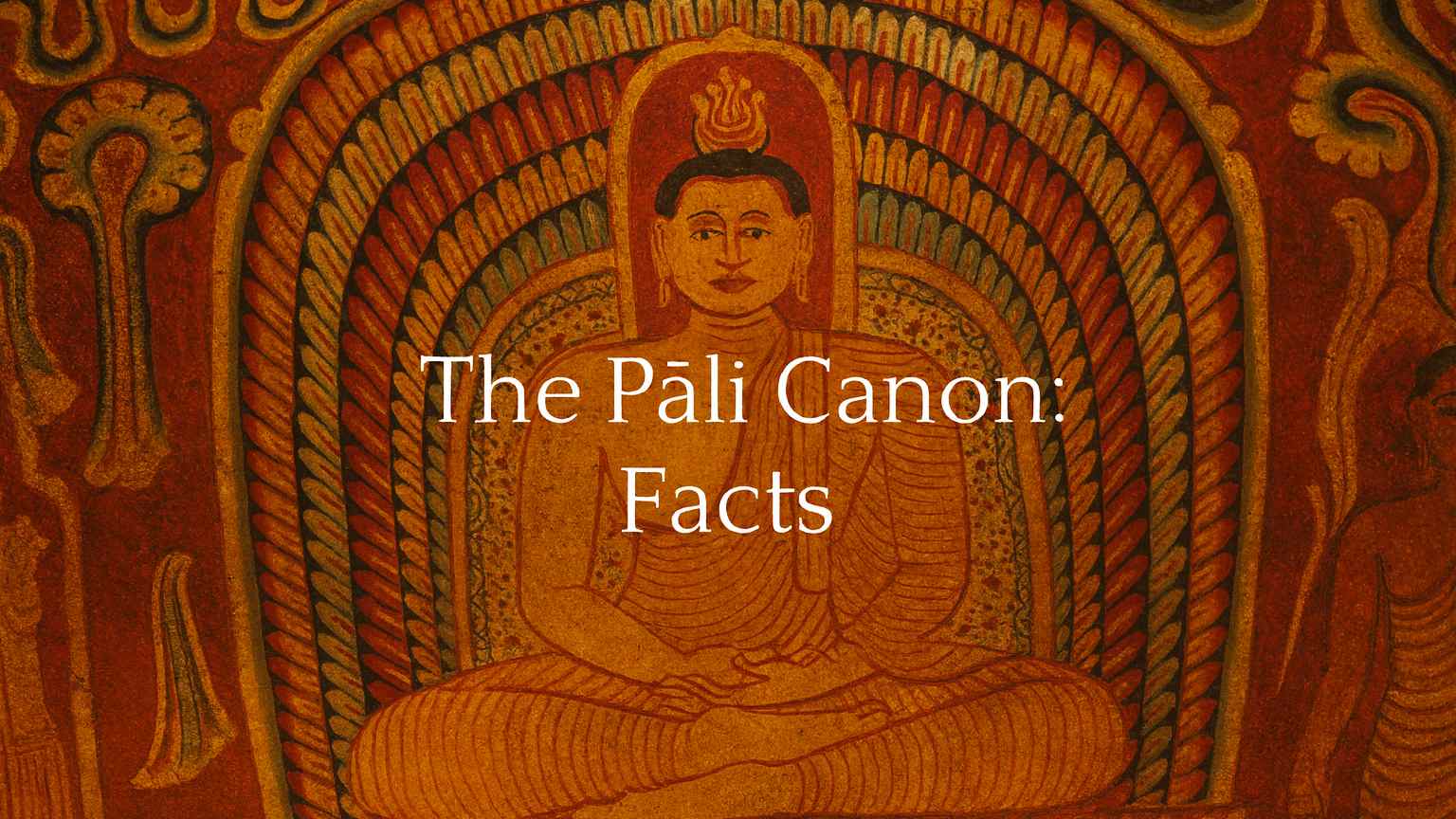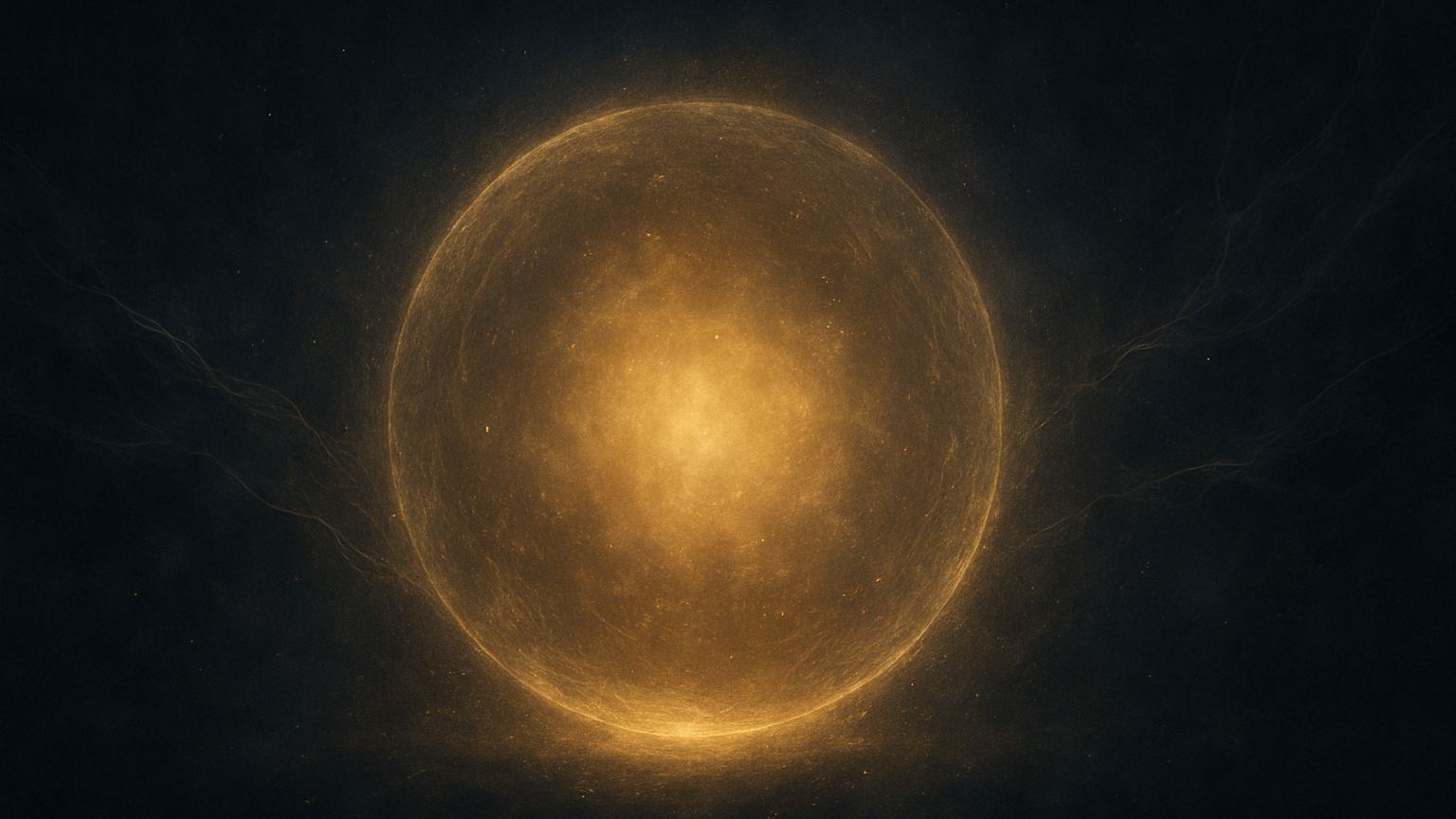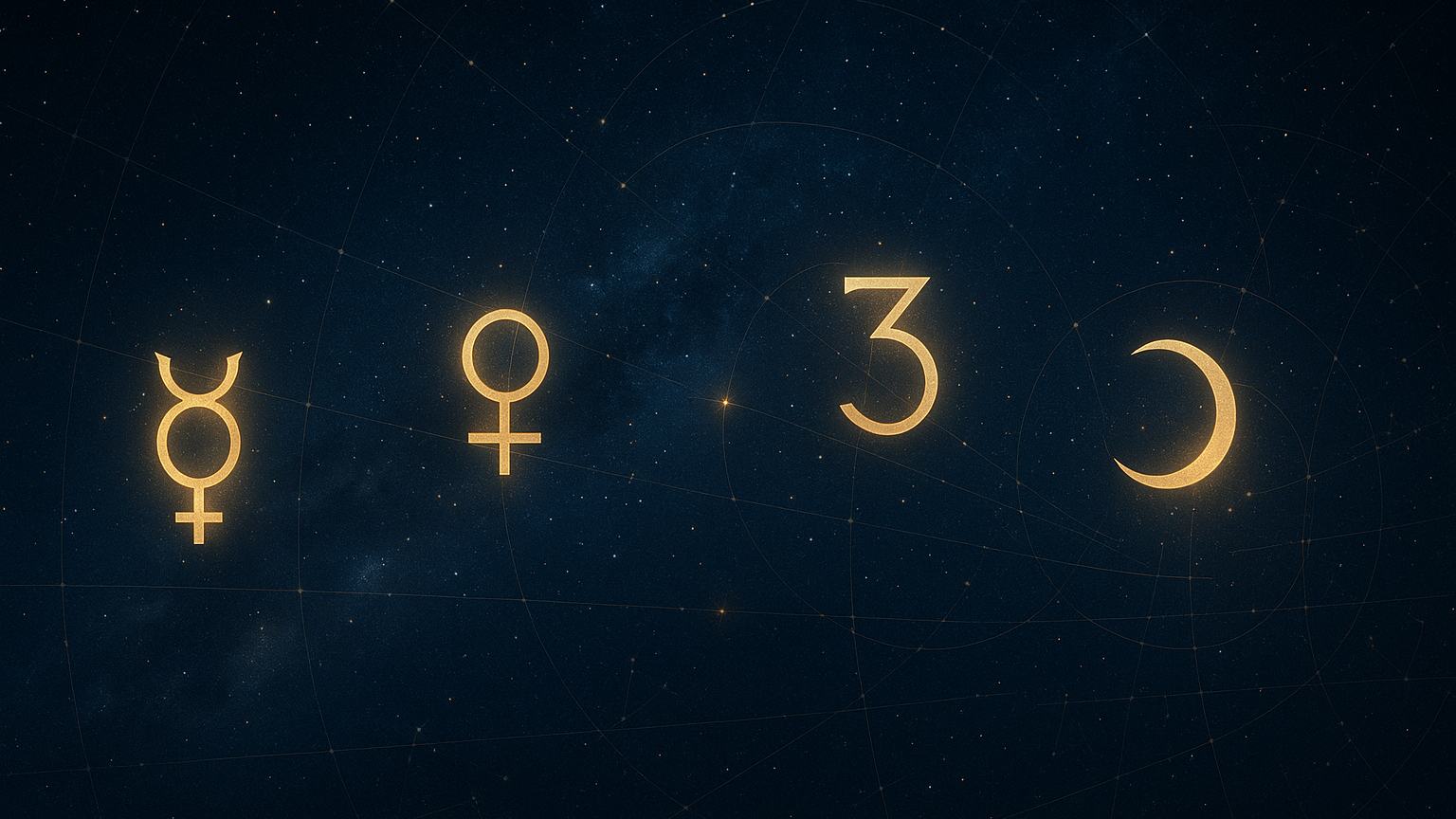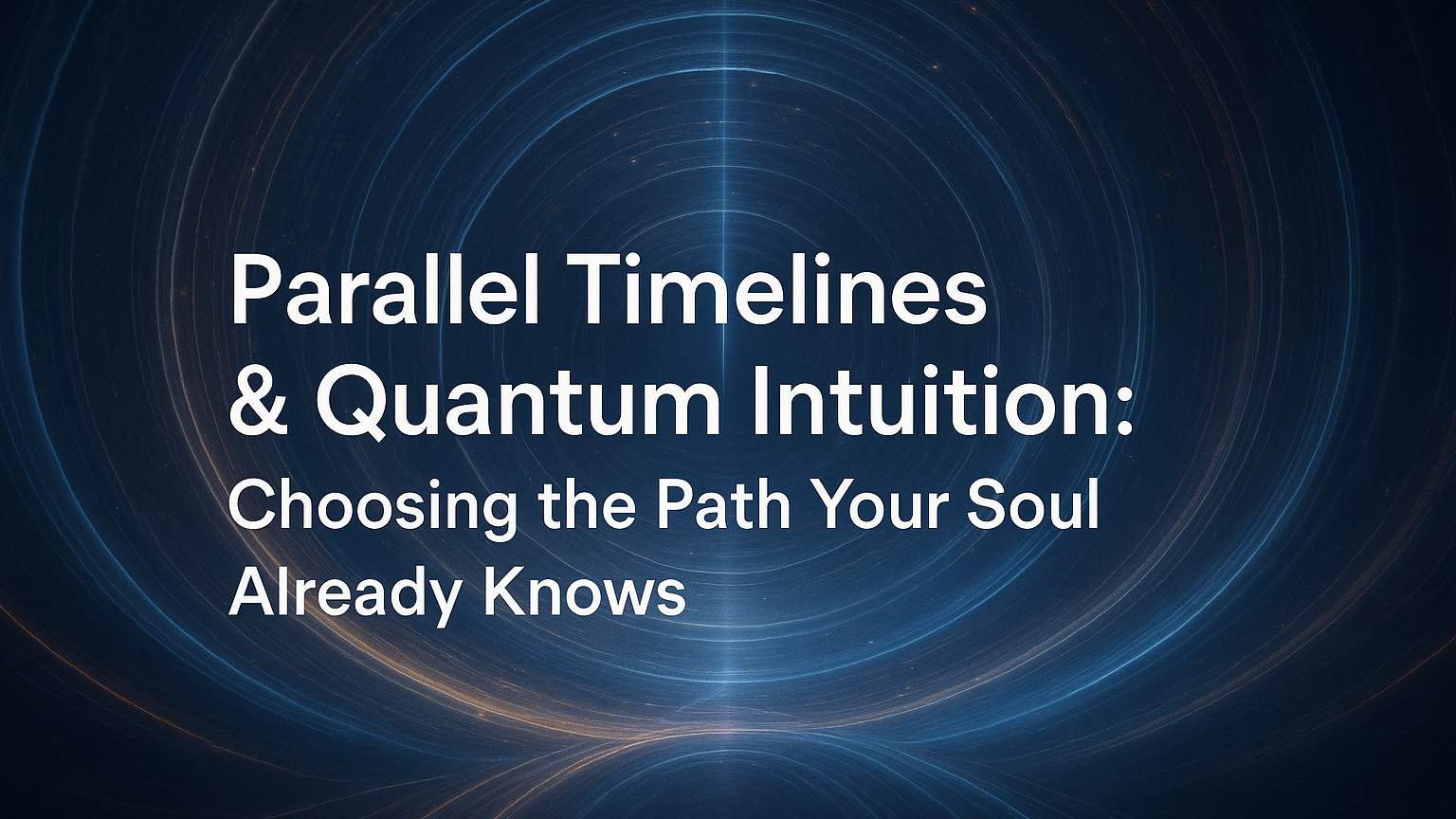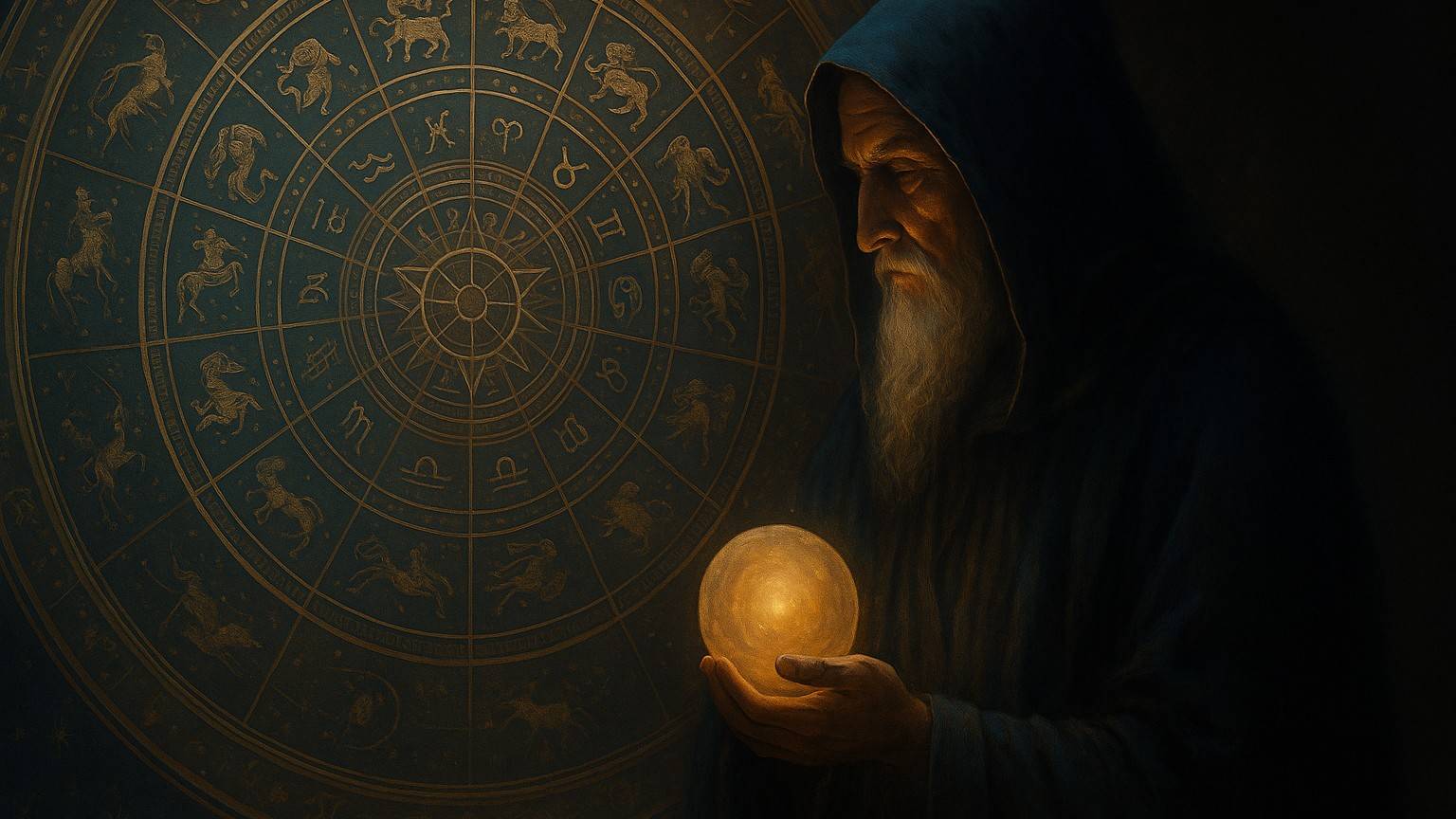When most people think of Buddhism, they picture monks meditating under trees, serene statues of the Buddha, and maybe a few lessons about mindfulness tossed into a corporate retreat.
What they don’t often imagine is a cast of characters who could walk through walls, predict wars, read minds, and warn kings about political disasters before they happened.
Yet, crack open the Pali Canon, which is the massive collection of teachings known as the Tripitaka, and you’ll stumble across stories that could give Nostradamus a run for his money.
The Canon isn’t shy about psychic fireworks.
In fact, the Buddha himself acknowledged powers that could arise through deep meditation: clairvoyance, telepathy, remembering past lives, and even flying through the air like Superman in saffron robes.
While the Buddha insisted these weren’t the main point of the spiritual path, he cared more about enlightenment than levitation; he didn’t deny that they happened. And the stories of monks, nuns, and laypeople flexing these mystical muscles have been keeping readers fascinated for centuries.
The Buddha – Master of Mind and Prophet of Empires
Let’s start at the top.
The Buddha himself wasn’t just a philosopher with good posture. He routinely displayed abilities that today would earn him a slot on prime-time TV. The Canon records him reading minds like a Buddhist Sherlock Holmes.
Monks too nervous to confess their mistakes?
He’d call them out gently before they even opened their mouths.
But his psychic résumé didn’t end at parlour tricks. He made bold predictions. In the Mahāparinibbāna Sutta, as he prepared for his final passing, the Buddha warned his followers of the political chaos to come in India.
He foresaw the downfall of powerful clans like the Vajjians and offered sharp, almost journalistic advice to kings on how to avoid destruction. Think of it as a mix between CNN analysis and divine prophecy, except he was rarely wrong.
Mahākassapa – The Monk Who Knew Too Much
After the Buddha’s death, his disciple Mahākassapa stepped into the spotlight. The Canon portrays him as a monk with uncanny foresight. He’s the one who organised the First Council of monks, ensuring the teachings wouldn’t vanish into thin air.
According to tradition, he even predicted disputes that would tear the Buddhist community apart in later centuries.
Mahākassapa’s sharp prophetic streak wasn’t always welcome.
Imagine the guy at the party who says, “Enjoy the snacks, but this friendship circle is doomed.”
Still, his foresight was spot on, and Buddhist history unfolded just as he envisioned.
The Dreamers – Women of Vision
The Canon isn’t all about men in robes. Women appear with startling psychic flashes, too, often through dreams.
Queen Māyā, the Buddha’s mother, dreamt of a white elephant entering her side…an image so bizarre it would have made Jung sit up in bed. Court astrologers interpreted it as the conception of a world-changing leader. They were right.
Siddhartha Gautama grew up to be the Buddha.
Another striking dream appears in the Cakkavatti-Sīhanāda Sutta, where future decline in morality is mapped out like a slow-motion car crash.
People would live shorter lives, greed would run rampant, and eventually society would collapse. If you’ve read the news lately, you might feel like you’re living in the footnotes of that prophecy.
Predictors of Kings and Kingdoms
The Pali Canon often reads like a blend of scripture and political gossip column. Kings come seeking advice, and the monks answer with cryptic but oddly accurate predictions.
One famous case involves King Ajātasattu, who murdered his father to steal the throne. Wracked with guilt, he turned to the Buddha for solace. The Buddha, with the coolness of a seasoned therapist, didn’t just counsel him; he warned him about the karmic fallout of his actions.
Sure enough, Ajātasattu’s reign ended in blood and betrayal, just as predicted.
The Canon also features predictions of entire dynasties. The Buddha foretold that his own teachings would endure for 500 years in their pure form before corruption seeped in. Scholars argue over the numbers, but the idea of decline echoes eerily with the actual fragmentation of Buddhist schools centuries later.
Prophecies of the Future Buddha
Perhaps the most dramatic prophecy in the Canon is about someone who hasn’t even arrived yet: Metteyya, the future Buddha.
The Canon suggests that after the teachings of Gautama fade, another Buddha will appear to reset the cosmic clock and teach humanity once more.
For early Buddhists, this was less Marvel-style sequel and more a promise that spiritual renewal is never truly out of reach.
The prophecy of Metteyya sparked movements across Asia for centuries, with some kings and leaders claiming to be his forerunner.
Imagine the political campaign slogan: “Vote for me. I’m basically the warm-up act for the next Buddha.”
A Universe Alive with Omens
Beyond direct predictions, the Pali Canon brims with omens and signs. Earthquakes rumble at pivotal moments, gods appear in dreams, and heavenly voices announce turning points in history. These moments aren’t treated as superstition but as symbolic confirmations of great events.
Take the moment of the Buddha’s awakening: the earth itself trembled, as if the universe was applauding. Or when monks strayed from discipline, strange celestial warnings reportedly flashed across the skies.
Whether you take these as literal events or as poetic dramatisations, they gave ancient audiences goosebumps…and maybe a little motivation to stay on the straight and narrow.
Why Psychic Powers Still Matter
For modern readers, especially those raised on both Sunday sermons and late-night sci-fi, the psychic tales in the Pali Canon are irresistible. They’re part spiritual teaching, part supernatural thriller. Were these monks and nuns really bending reality, or were these stories meant to dramatise moral truths?
Scholars debate, but the real magic is how the stories still capture imagination today.
And let’s be honest: the Canon knew how to entertain.
Sure, it teaches meditation, ethics, and liberation from suffering, but it also tosses in flying monks, prophetic dreams, and ominous omens. It’s as if the ancient compilers knew their audience needed both wisdom and a bit of spectacle, something modern streaming platforms could learn from.
The Takeaway
The Pali Canon isn’t just a dusty collection of sermons. It’s a living tapestry of human experience…where prophets warn kings, mothers dream of destiny, and teachers see centuries ahead.
Whether you read these accounts as literal psychic events or as allegories with a dramatic twist, one thing is clear: Buddhism’s earliest storytellers understood the power of a good prophecy.After all, in a world that often feels uncertain, who doesn’t wish they had a monk, nun, or wandering sage to tell them what tomorrow holds?


